-
Who should pay for open-access publishing? APC alternatives emerge

In April, the entire editorial boards of two companion neuroimaging journals resigned. The 42 researchers were protesting against what they thought to be excessive article-processing charges (APCs) for authors publishing in the journals, which are run by Dutch publishing giant Elsevier. The APC for NeuroImage is US$3,450, and its sister journal NeuroImage: Reports has doubled…
-
The world’s chemical-weapons stockpiles are gone — but a new challenge looms
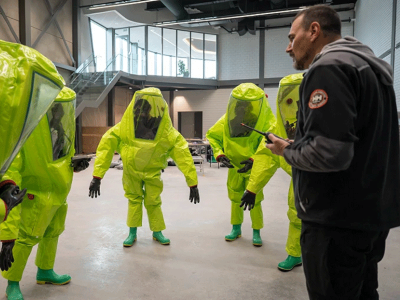
This year, my colleagues at the Organisation for the Prohibition of Chemical Weapons (OPCW) — which implements the Chemical Weapons Convention, an arms-control treaty that entered into force in 1997 — and I reached a milestone: we verified that the last remaining declared stockpiles of chemical weapons in the world had been destroyed. Now, the…
-
Exposure to climate change information predicts public support for solar geoengineering in Singapore and the United States

Abstract Solar geoengineering is a controversial climate policy measure that could lower global temperature by increasing the amount of light reflected by the Earth. As scientists and policymakers increasingly consider this idea, an understanding of the level and drivers of public support for its research and potential deployment will be key. This study focuses on…
-
The deep route to low-field MRI with high potential
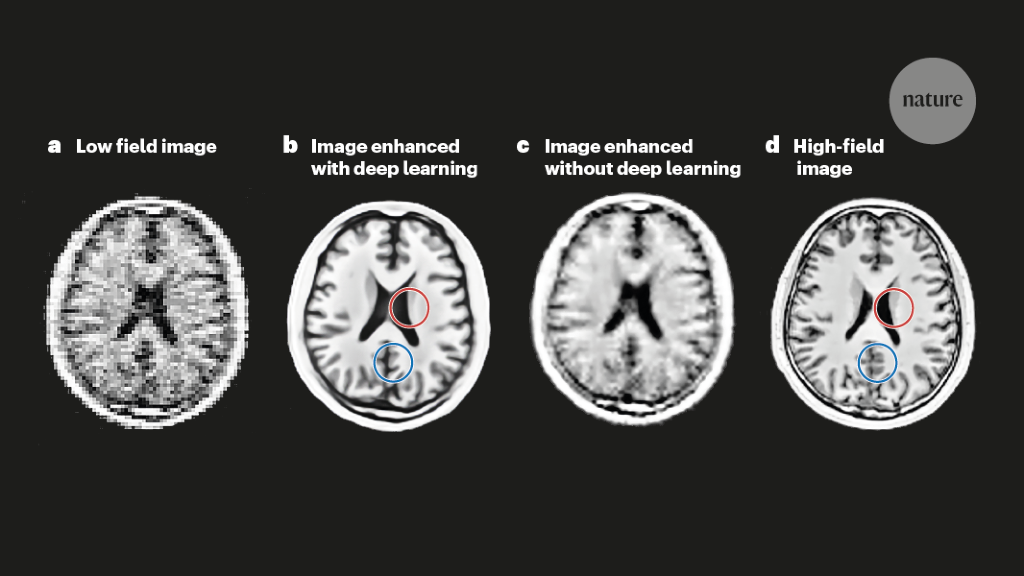
Man, C. et al. Sci. Adv. 9, eadi9327 (2023). Article PubMed Google Scholar Lauterbur, P. C. Nature 242, 190–191 (1973). Article Google Scholar Hennig, J. MAGMA 36, 335–346 (2023). Article Google Scholar Liu, Y. et al. Nature Commun. 12, 7238 (2021). Article PubMed Google Scholar Yuen, M. M. et al. Sci. Adv. 8, eabm3952 (2022).…
-
Unboxing machine learning models for concrete strength prediction using XAI
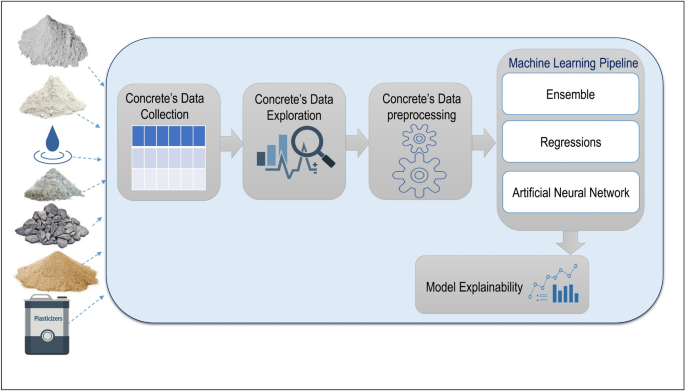
Abstract Concrete is a cost-effective construction material widely used in various building infrastructure projects. High-performance concrete, characterized by strength and durability, is crucial for structures that must withstand heavy loads and extreme weather conditions. Accurate prediction of concrete strength under different mixtures and loading conditions is essential for optimizing performance, reducing costs, and enhancing safety.…
-
DeepMind AI accurately forecasts weather — on a desktop computer
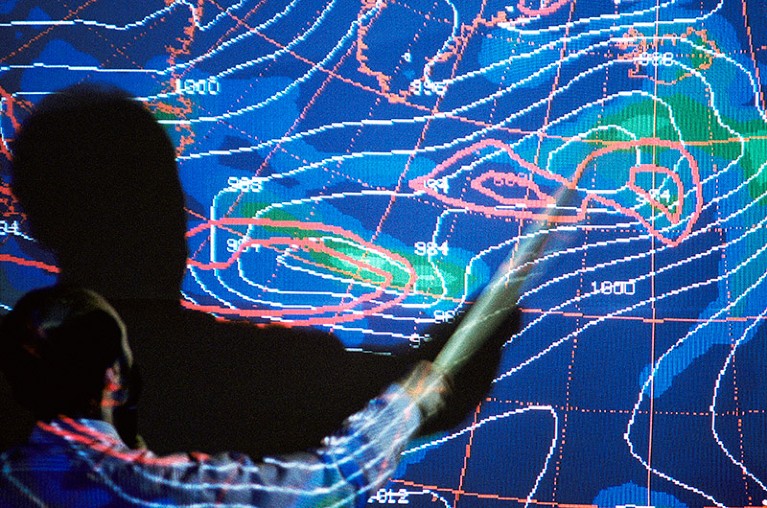
Conventional weather forecasts are the result of intensive processing of data from weather stations around the world.Credit: Carlos Munoz Yague/Look At Science/Science Photo Library Artificial-intelligence (AI) firm Google DeepMind has turned its hand to the intensive science of weather forecasting — and developed a machine-learning model that outperforms the best conventional tools as well as…
-
Author Correction: Single-cell brain organoid screening identifies developmental defects in autism
Correction to: Nature https://doi.org/10.1038/s41586-023-06473-y Published online 13 September 2023 In the version of the article initially published, there was an error in Extended Data Fig. 4c–e where the colour scheme and gene names were mislabelled. This has now been corrected in the HTML and PDF versions of the article. The original and revised figures are…
-
Daily briefing: Rats use imagination to create mental maps

Hello Nature readers, would you like to get this Briefing in your inbox free every day? Sign up here. A close-up of Martian rocks in Paraitepuy Pass taken by NASA’s Curiosity rover.Credit: NASA/JPL-Caltech/MSSS Robot chemist could make oxygen on Mars A robotic chemist powered by artificial intelligence (AI) can make oxygen from water using only…
-
Environmental impact of the explosion of the Nord Stream pipelines
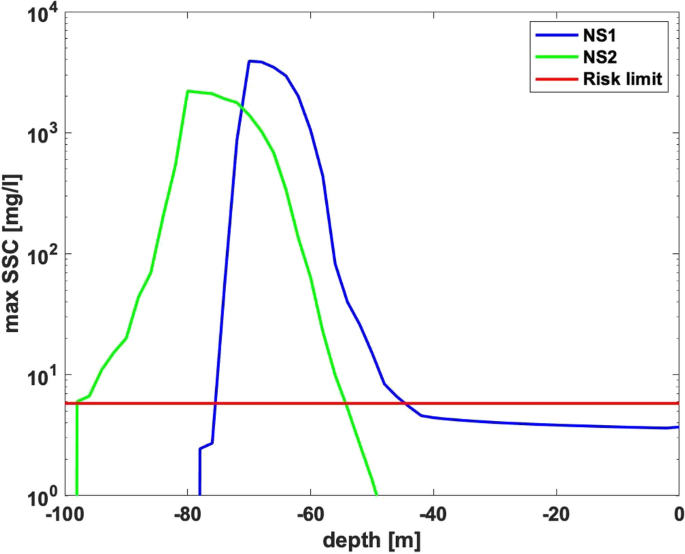
Abstract Armed conflicts have, in addition to severe impacts on human lives and infrastructure, also impacts on the environment, which needs to be assessed and documented. On September the 26th 2022, unknown perpetrators deliberately ruptured the two gas pipelines Nord Stream 1 and 2 with four coordinated explosions near a major chemical munition dump site…
-
AI writes summaries of preprints in bioRxiv trial
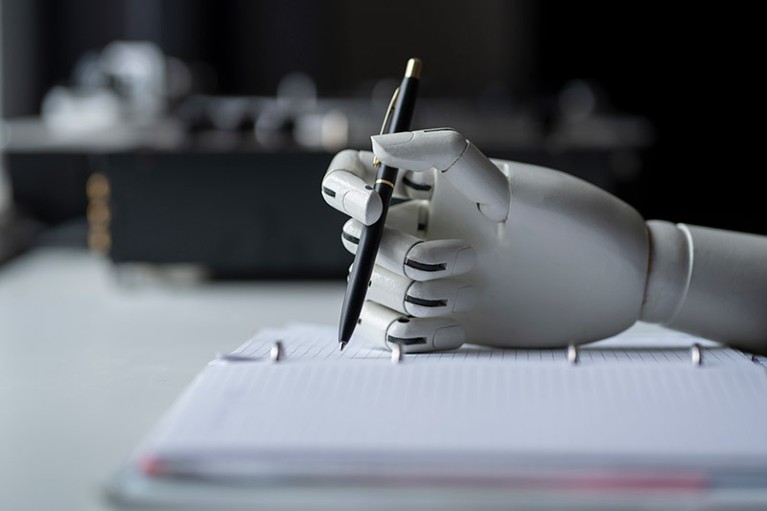
AI approaches are increasingly being applied to help researchers digest the scientific literature.Credit: Михаил Руденко/Getty Earlier this month, Erik van Nimwegen and Pascal Grobecker, computational biologists at the University of Basel in Switzerland, posted a preprint1 on the bioRxiv server describing a new tool for deciphering gene-expression patterns in individual cells. Van Nimwegen was excited…